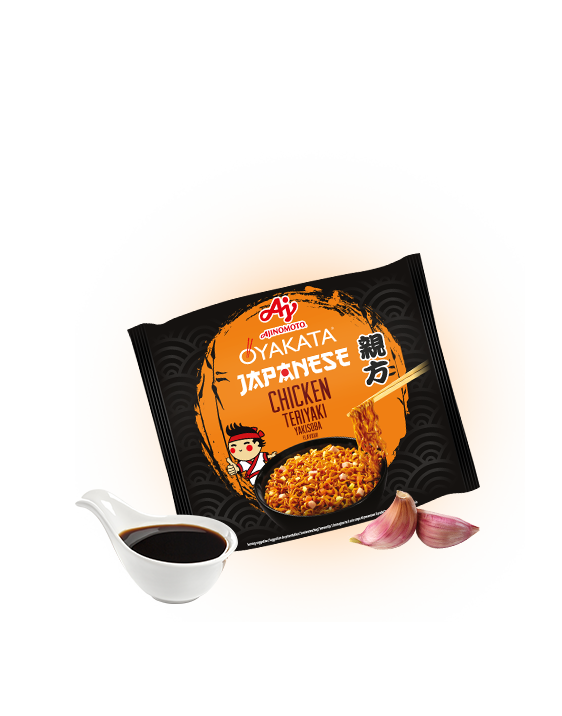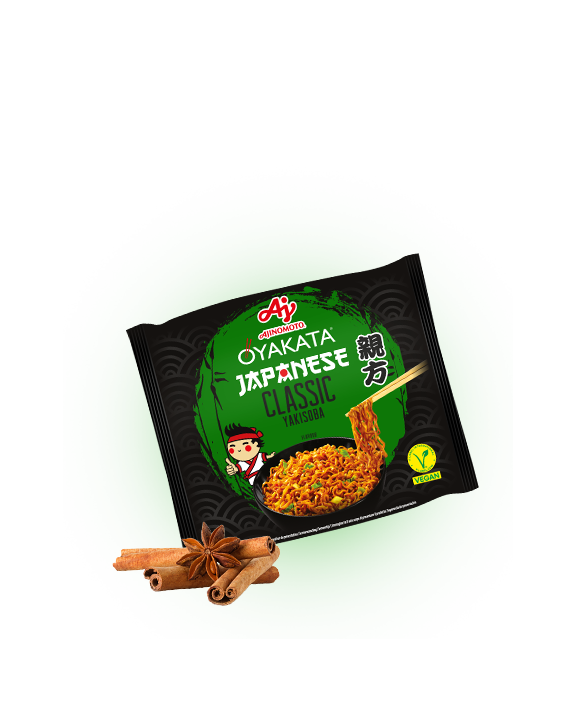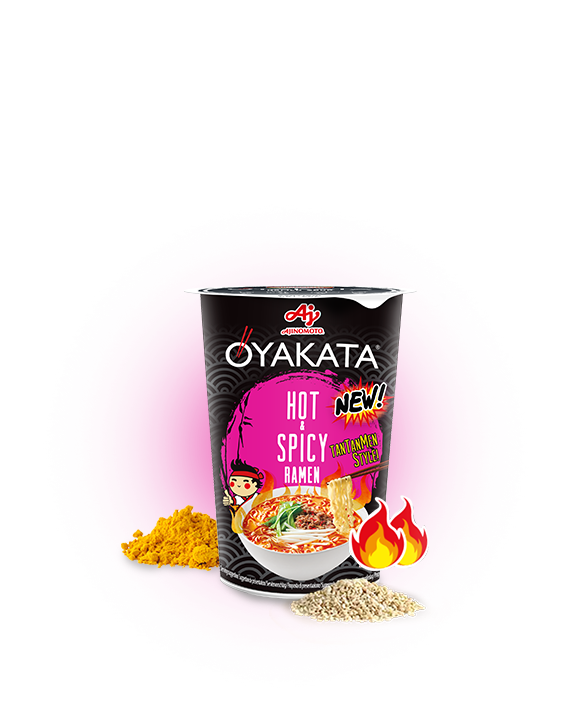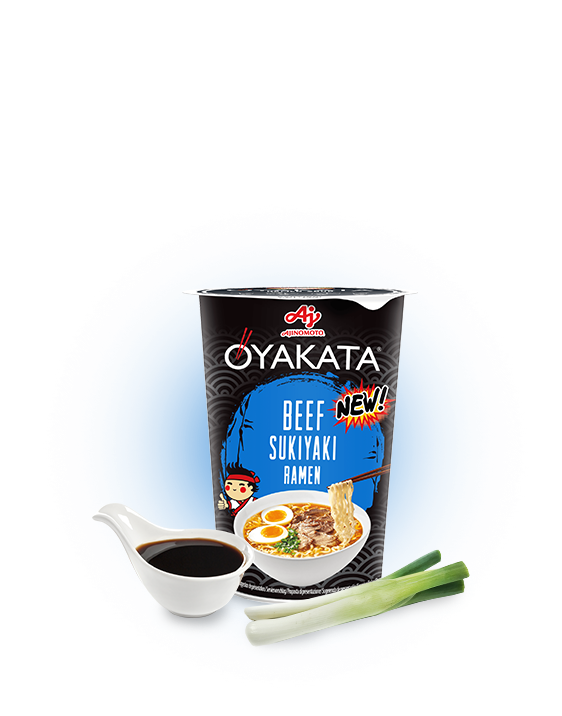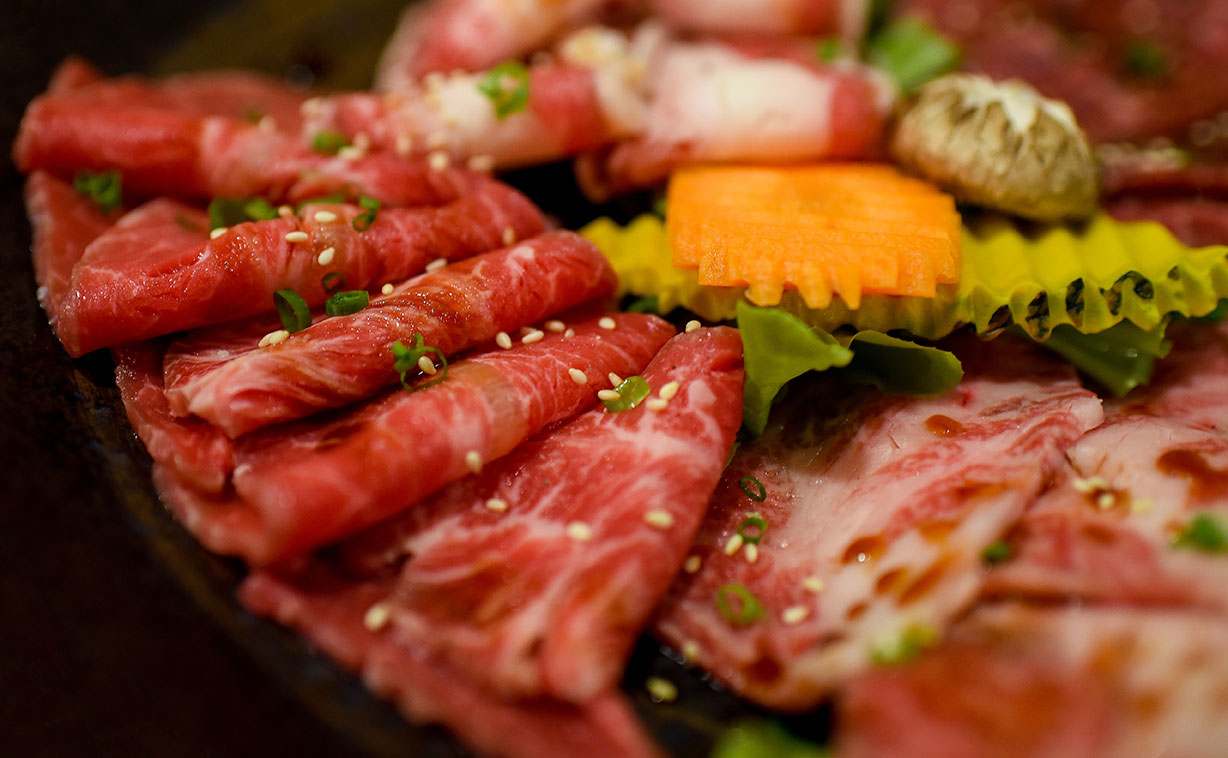

KOBE – THE MOST EXPENSIVE JAPANESE BEEF
Cattle breeding for Kobe
Since grazing area for cattle is very limited in Japan, animals do not have to much space for running and as a result they are more fatty than other species. This is the secret of the taste of the meat! To ensure the right fat growth, the animals are given beer to increase their appetite. This also evenly spreads the fat over muscle tissues.
In addition, farmers massage the cattle in person using sake, thus giving the meat the unique marbling and making the fat creamy and delicious. To that end, breeders take in an appropriate amount of alcohol and then spit it out directly onto the animal and massage it in with mittens made of grass. To be provided with the best possible breeding conditions, the cows are bred completely stress-free, with their food certified and purely organic. They are given grains, potatoes, rice and leguminous plants. They achieve a sense of harmony and peace through… classical music!
In addition to the exclusive breeding conditions, Kobe cows are fully relaxed until the end of their days. Their slaughter is humanitarian and allows them to stay calm.
Characteristics of Kobe and ways to prepare it
According to dieticians, Kobe meat is recommended for low-fat diet. With high omega-3 content, its nutritional values are compared to those of fish and mussels. Since its enveloped in fat, it can be fried without any additional oils or butter. You just toss a chunk of meat onto a very hot pan. Just remember not to “drag” the process – if it is fried too long, it becomes hard. Properly prepared Kobe is very delicate and melts in your mouth.
The beef is usually served as steaks, which are incredibly juicy due to its marbling. One of the Las Vegas restaurants (Fleur) serves world’s most expensive hamburgers – made of Kobe. They are served with truffles, truffle sauce, French fires and 1995 Petrus wine. The meal is no less than 5 thousand dollars. Still, this does not discourage consumers, and you have to wait even weeks for a table.
History of Kobe cattle breeding
The Japanese eliminated meat from their diet for many centuries. Until 1898, it was basically prohibited and was blacklisted, probably under Buddhist influence, as a forbidden “kegare” product, defiling man. Nowadays, however, whenever people from the Country of Cherry Blossoms, to whom the quality of their food is of utmost importance, reach for meat, they choose mostly beef and eat five times more of it than statistical Poles – about ten kilograms a year.
Until 1976, the Japanese government did not permit exporting Kobe cattle abroad. Today, it is also bred in the USA, Australia, the United Kingdom, Belgium and France. In France, a suggestion was made to give cows wine rather than beer to make them even happier Are wine-drinking cows really more carefree? This is yet to be determined but what is certain is that the change raised the upkeep cost of a French cow from 6 to 18 euros. In Poland, only one farm currently has those unique animals.
Kobe cattle breeds
Although it could seem that Kobe Beef is meat from cows that come only from the city of Kobe, the actual requirements are not as strict. An animal must simply be born in the Country of Cherry Blossoms and be a Wagyu. For beef to bear the mark of Kobe Beef, it must come from specially selected heifers or bullocks aged 22 to 30 months. It is also important that they are fed specially prepared, certified fodder until they are 4 years old.
Breed purity is highly significant too. The Japanese only allow to cross-breed those special cows with such breeds as Shorthorn, Simmental and Brown Swiss. Four breeds can be identified within Kobe:
- Akage-Wagyu or Akaushi – with brown fur, sometimes also called red,
- Kuroge-Wagyu – black,
- Mukaku-Wagyu – cow type referred to as hornless,
- Tankaku-Wagyu – cow with short horns.
The first one, i.e. the brown breed (Akaushi), is sometimes referred to as red cattle. It was initially bred in Kōchi and Kumamoto prefectures. During World War II, or more specifically in 1944, it was recognised as native. It is cross-bred wit Simmental in order to improve the properties of meat. This specific type of meat has low fat content (about 12%) and mild taste.
The black breed (Kuroge-Wagyu) comes from Chūgoku and Kinki regions. The taste characteristics of its meat improved in the Meiji period (1868-1912), when cross-breeding began. Just as the previously discussed breed, this one was also deemed native during the Second World War. It is currently the most popular cattle breed in Japan. Its meat has large strips of meat that are found even in lean chunks (marbling). This gives it a delicate, creamy texture and excellent taste.
The hornless breed (Mukaku-Wagyu) is the outcome of cross-breeding of the native black breed with Aberdeen Angus – brought from Scotland in 1920. After subsequent improvements, it was also recognised as a native breed in 1944. The meat of such cows is lean and has high amino acid content.
Kobe is also made of the short-horn breed (tankaku-wagyu), usually bred in the Tōhoku region. It was cross-bred with the local breed nanbu for many years. As a result, it was certified as a native breed in 1957. Its meat is delicate and lean, with a spicy aftertaste.
Kobe has been enjoying unwavering popularity for years. So it should come as no surprise that in 2006 the uncontrolled increase in this breed worldwide prompted the Japanese government to reserve the name Kobe Beef only for cows born and bred in the Country of Cherry Blossoms. As the meat became even more unique, it gained many new enthusiasts all over the world.
